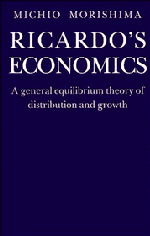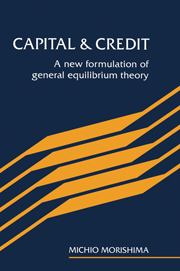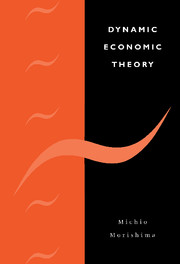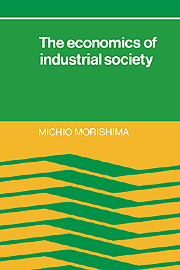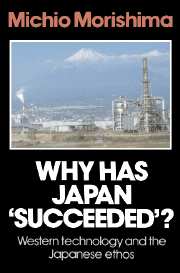1 To publish a translation of a book which was published nearly half a century ago in an academically local language we need convincing justifications. This volume originally entitled Dogakuteki Keizai Riron (DKR) was published in Japanese in 1950, by Kobundo, Tokyo. Soon after the war, I returned from the military service to the university and completed my undergraduate study at Kyoto University in 1946. DKR is a thesis written as a report on my graduate research work supported by the Ministry of Education Special Scholarship. The topic suggested by my supervisor, Professor Hideo Aoyama, was the ‘mathematization of Hicks’ Value and Capital (VC)' so that DKR is more or less parallel to it. However, there are a few substantial differences.
First, in VC it is assumed that output equals supply and input equals demand. This basic assumption enables us to use the production theory of the firm as the tool to explain its behaviour in the market. Moreover, this assumption implies that the stocks of input and output commodities do not change. In DKR I was concerned with firms whose inputs and outputs may deviate from the demands for the factors and the supplies of the products, respectively. I had, therefore, to construct a theory of the firm which could explain its production, trading, and inventory consistently.
Secondly, once this line of approach is adopted, it is clear that we cannot be satisfied with a physical input–output theory of the firm of the VC type. Money and securities are close substitutes for inventories of physical commodities. The theory of the firm, therefore, has to be extended so as to explain its behaviour of liquidity preference.
